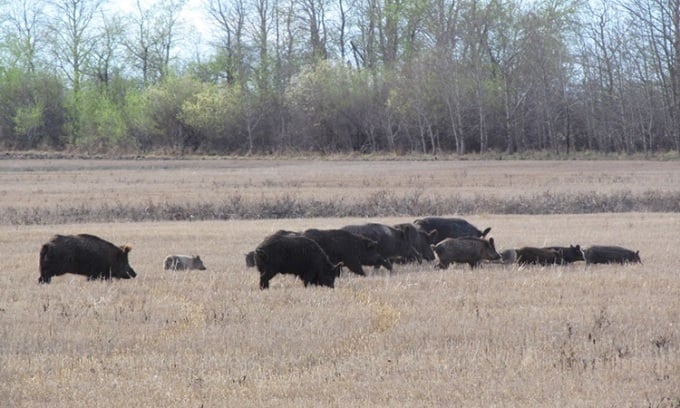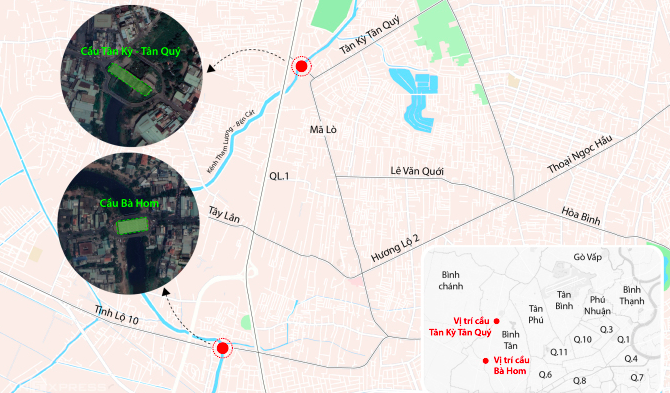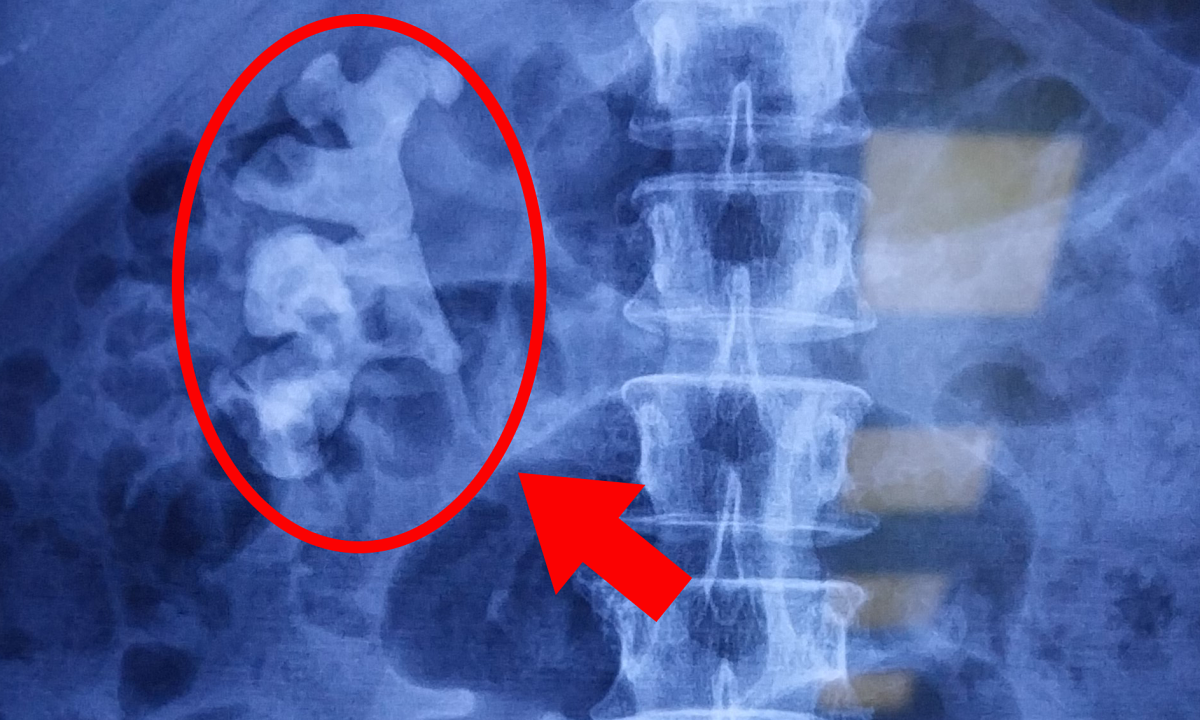Wild pigs and their hybrids are becoming a problem that Canadian authorities are struggling to find a solution to.

Wild boars eat leftover crops in the field. Photo: Dan Sakal
Hybrid pigs, which combine the genes of wild boars and domestic pigs, were introduced to Canadian farms about 30 years ago as part of the country’s efforts to boost livestock production. Over the past three decades, countless hybrid pigs have escaped and bred indiscriminately, turning them into the most prolific invasive mammal in Canada, IFL Science reported on January 30.
Wild boars are descendants of the domestic pig ( Sus scrofa domesticus ), the Eurasian wild boar ( S. scrofa scrofa ), or a hybrid of both. As their name suggests, Eurasian wild boars and their domesticated subspecies are not native to North America, but were introduced with European settlers in the 16th century. Over the next four decades, increasing numbers of wild boars were introduced to parts of the United States and Canada for recreational hunting before escaping into the wild.
The feral pig problem really came to the fore in the late 1980s and early 1990s when farmers began domesticating hybrid pigs to diversify their livestock production in Canada. Inspired by Europe, farmers often crossed male feral pigs with female domestic pigs to create “Iron Age pigs” that had characteristics similar to the first livestock domesticated by humans in ancient times.
The pigs that resulted from this crossbreeding were quite special. They were super-intelligent, large, had delicious meat, and were perfectly suited to the harsh Canadian winters. However, the pork market plummeted, so the crossbred pigs were released into the wild. Many others escaped captivity thanks to their keen senses and intelligence.
Hybrid feral hogs have become a formidable invasive species. They prey on native animals like turkeys and birds, and young livestock like sheep and calves. They also dig into the ground for berries, roots, bark, and any form of vegetation, depriving herbivores and black bears of food. On top of that, hybrid feral hogs are hosts to more than 30 serious viral and bacterial pathogens and 37 parasites, threatening humans and many other species.
With high birth rates and no natural predators, the hybrid wild boar population has exploded. A 2019 study found that the hybrid wild boar population in Canada is growing by 9% per year. The study found that hybrid wild boars cover more than 750,000 square kilometers, up from 88,000 square kilometers a decade ago.
“Hybrid feral hogs are ecosystem destroyers. They are extremely prolific and have become incredibly successful invasive species,” said researcher Ruth Aschim. The rise of hybrid feral hog populations is not an impending ecological disaster, it has already happened, according to Ryan Brook, lead researcher of the Canadian Feral Hog Project.
Several Canadian provinces have taken action to address the invasive species. As of January 1, 2024, the importation, possession, transportation, dispersal, purchase, and trade of live Eurasian wild boar and hybrids will be prohibited in Canada. This includes any animal with more than 25% Eurasian wild boar genetic material.
In Alberta, the provincial government launched a program for the public to report any sightings of feral pigs and the damage they leave behind. The province also previously launched an initiative that offered hunters a $50 reward for a pair of feral pig ears.
Canada’s pig problem continues, but Canada is not alone. A recent report estimated that there are more than 37,000 invasive species worldwide, with 200 new species recorded each year. Many of these species pose serious threats to wildlife, human health, food security, and
An Khang (According to IFL Science )
Source link


![[Photo] The beauty of Ho Chi Minh City - a modern "super city" after 50 years of liberation](https://vstatic.vietnam.vn/vietnam/resource/IMAGE/2025/4/18/81f27acd8889496990ec53efad1c5399)
![[Photo] Nhan Dan Newspaper announces the project "Love Vietnam so much"](https://vstatic.vietnam.vn/vietnam/resource/IMAGE/2025/4/17/362f882012d3432783fc92fab1b3e980)
![[Photo] Promoting friendship, solidarity and cooperation between the armies and people of the two countries](https://vstatic.vietnam.vn/vietnam/resource/IMAGE/2025/4/17/0c4d087864f14092aed77252590b6bae)
![[Photo] National Assembly Chairman Tran Thanh Man meets with outstanding workers in the oil and gas industry](https://vstatic.vietnam.vn/vietnam/resource/IMAGE/2025/4/17/1d0de4026b75434ab34279624db7ee4a)

![[Photo] Closing of the 4th Summit of the Partnership for Green Growth and the Global Goals](https://vstatic.vietnam.vn/vietnam/resource/IMAGE/2025/4/17/c0a0df9852c84e58be0a8b939189c85a)
























![[Photo] General Secretary To Lam receives French Ambassador to Vietnam Olivier Brochet](https://vstatic.vietnam.vn/vietnam/resource/IMAGE/2025/4/17/49224f0f12e84b66a73b17eb251f7278)































































Comment (0)